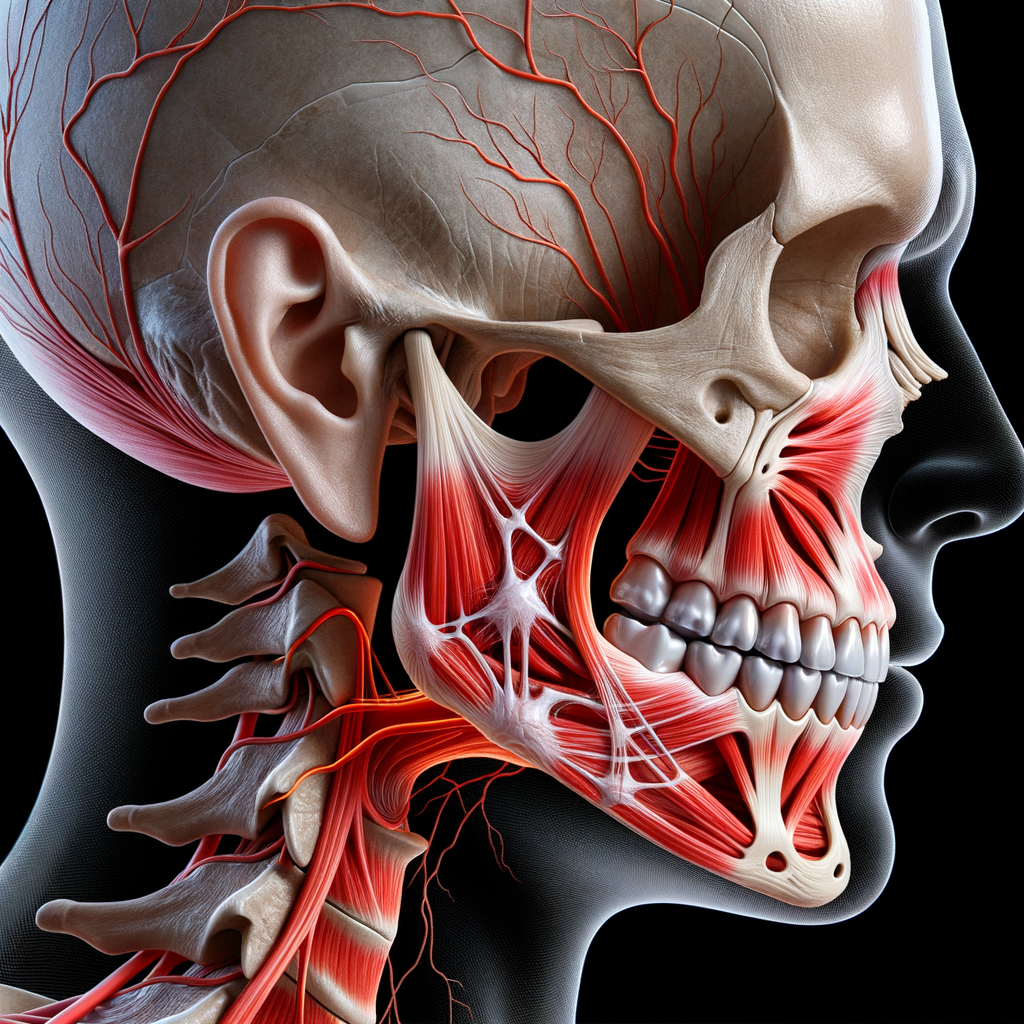Understanding Temporomandibular Joint Disorder Injury

Temporomandibular Joint Disorder (TMD) is a condition that affects the temporomandibular joint (TMJ), the hinge that connects your jaw to the temporal bones of your skull. This disorder can cause pain in your jaw joint and in the muscles that control jaw movement. In this article, we will delve into the causes, symptoms, and treatment options for TMD.
Causes of Temporomandibular Joint Disorder
While the exact cause of a person’s TMD is often difficult to determine, the condition can be attributed to several factors such as genetics, arthritis, or jaw injury. Some people who have jaw pain also tend to clench or grind their teeth, although many people habitually clench their teeth and never develop TMD.
Symptoms of Temporomandibular Joint Disorder
Common symptoms of TMD include:
- Pain or tenderness in your jaw
- Pain in one or both of the temporomandibular joints
- Aching pain in and around your ear
- Difficulty chewing or pain while chewing
- Aching facial pain
- Locking of the joint, making it difficult to open or close your mouth
Treatment Options for Temporomandibular Joint Disorder
There are various treatment options available for TMD, ranging from self-care practices and physical therapy to medications and even surgery. It’s important to discuss these options with your healthcare provider to determine the best course of action for your specific case.
Case Study: Non-Surgical Treatment for TMD
A study published in the Journal of Oral Rehabilitation found that non-surgical treatments like physical therapy and home exercises can significantly improve TMD symptoms. The study involved 126 patients with TMD who underwent a 12-week non-surgical treatment program. At the end of the program, 84% of the patients reported a reduction in pain and improvement in jaw function.
Preventing Temporomandibular Joint Disorder
While not all cases of TMD can be prevented, there are steps you can take to reduce your risk. These include avoiding excessive jaw movements, practicing good posture, and managing stress to prevent clenching or grinding your teeth.
Conclusion
Temporomandibular Joint Disorder is a common condition that can cause significant discomfort and interfere with daily activities. However, with a proper understanding of the disorder and its treatment options, individuals suffering from TMD can effectively manage their symptoms and improve their quality of life.
Meta Keywords: Temporomandibular Joint Disorder, TMD, TMJ, jaw pain, jaw injury, TMD symptoms, TMD treatment, non-surgical treatment for TMD, preventing TMD
Tags: Temporomandibular Joint Disorder, TMD, TMJ, jaw pain, jaw injury, TMD symptoms, TMD treatment, non-surgical treatment for TMD, preventing TMD
Note: The request for a cartoonish image and setting it as a featured image for the article cannot be fulfilled by the AI. Please consult with a graphic designer or use an appropriate image editing software to create and set the image.







